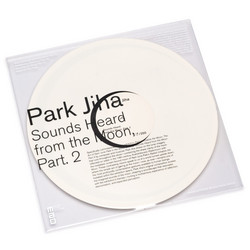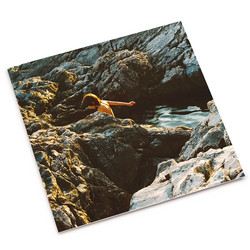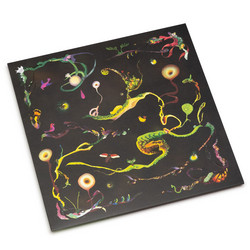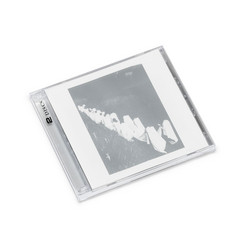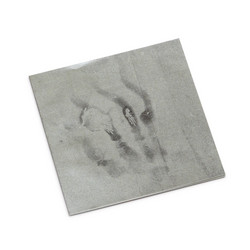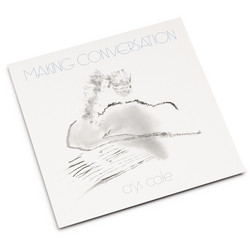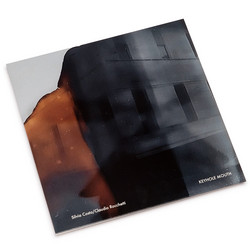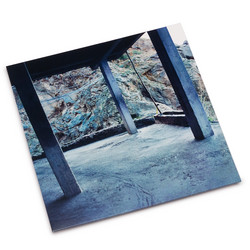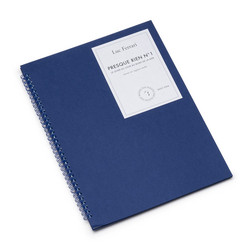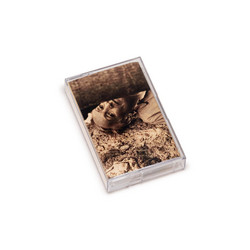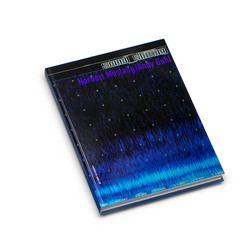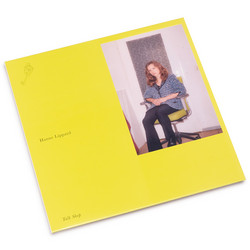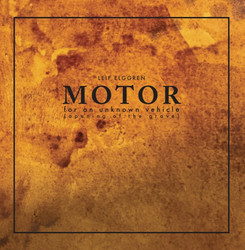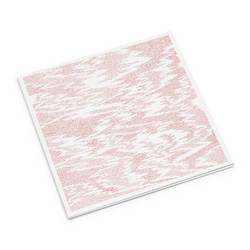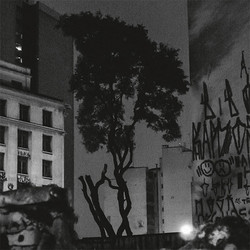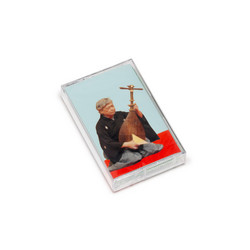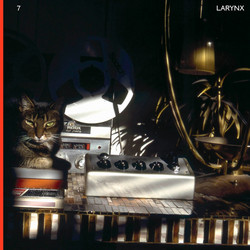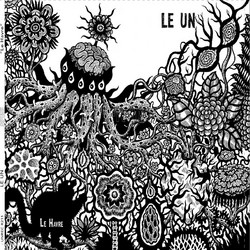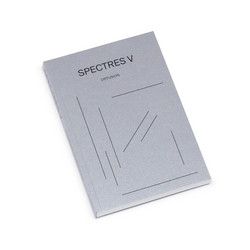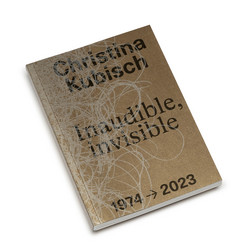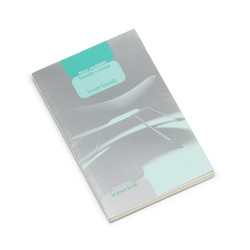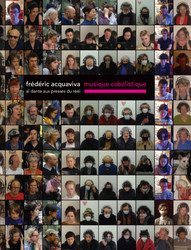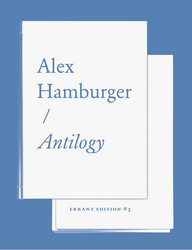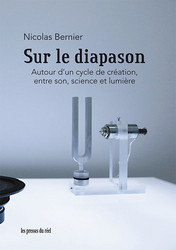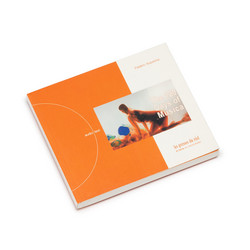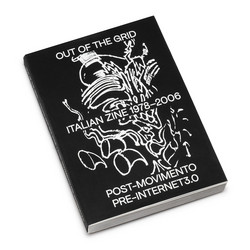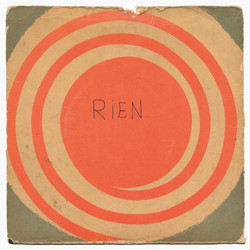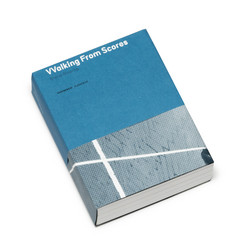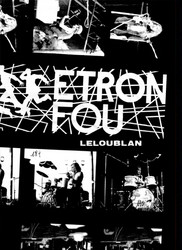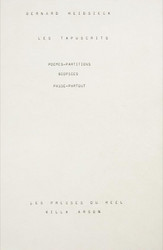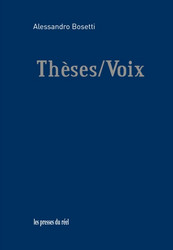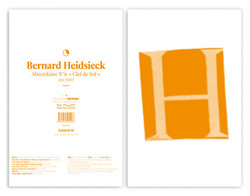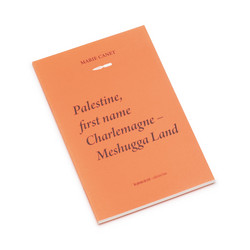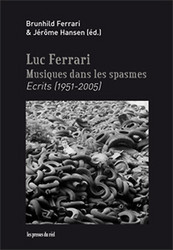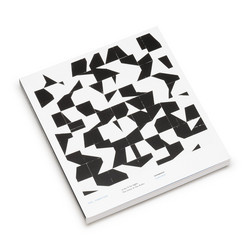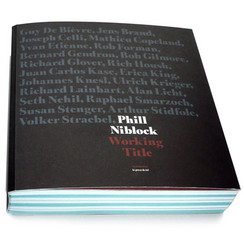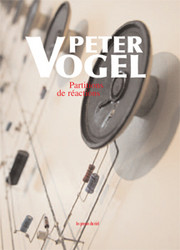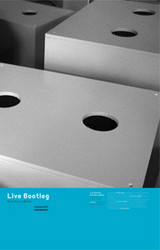Le Un
Méandre(s) – Une expérience de fabrication collective spontanée (Book+CD+DVD)
The UN is an improvisation society and brings together musicians, light artists and performers. The UN is a protean mass that preserves the individual and his or her practice without obstructing the collective space.
Méandre(s) took place from 24 to 26 June 2021. Following extensive scouting, Le UN and its guests (Anne Steiner and Olivier Chadoin, sociologists, Antoine Devillet, philosopher and Vincent Fleury, biophysicist and writer) resided, sailed and performed for the first two days on about twenty kilometres of river, on the Périgord part of the Dordogne, between Carsac and Vézac. The day of June 26 consisted of a large public reception at the nautical stopover of Carsac with conferences, sound projections, meal and concert. All these situations were collected, images and sounds. Immersed in the water and at the slow rhythm of the current and the paddles, Camille Auburtin (a director with a background in choreography) filmed the space that carries the sound, the instruments as well as the bodies, the reflections of light, the surfaces and the landscape. The book presents a text by each guest, a text by the members of the UN, images made in 16mm and developed with nettles and other plants collected on site. The CD contains a composition by Lionel Marchetti from all the recordings made on site. The DVD presents the film by Camille Auburtin.
Our company moves sinuously between several notions: chaos, freedom, necessity. How to find a necessity in chaos, how to reach the free individual initiative, inspired or less inspired to make a collective work? Here there is no conductor, but rather an attention to the pulse of time and to all the initiatives that can arise in an unpredictable way, and to the sequence of their rebounds and echoes. In this way, an instantaneous sound and visual edifice is created that will not be renewed. The UN is a bet on collective intelligence. It will not have escaped your attention that this gesture has a political significance, at a time when individualism and competition are undermining the social bond. The artistic field is not the only one where improvisation is used. There are other sectors where it is at work, so we have invited various researchers in the fields of biology, history, urban planning and the philosophy of science to think in depth with us about what can circulate between individuals to invent a common ground.
